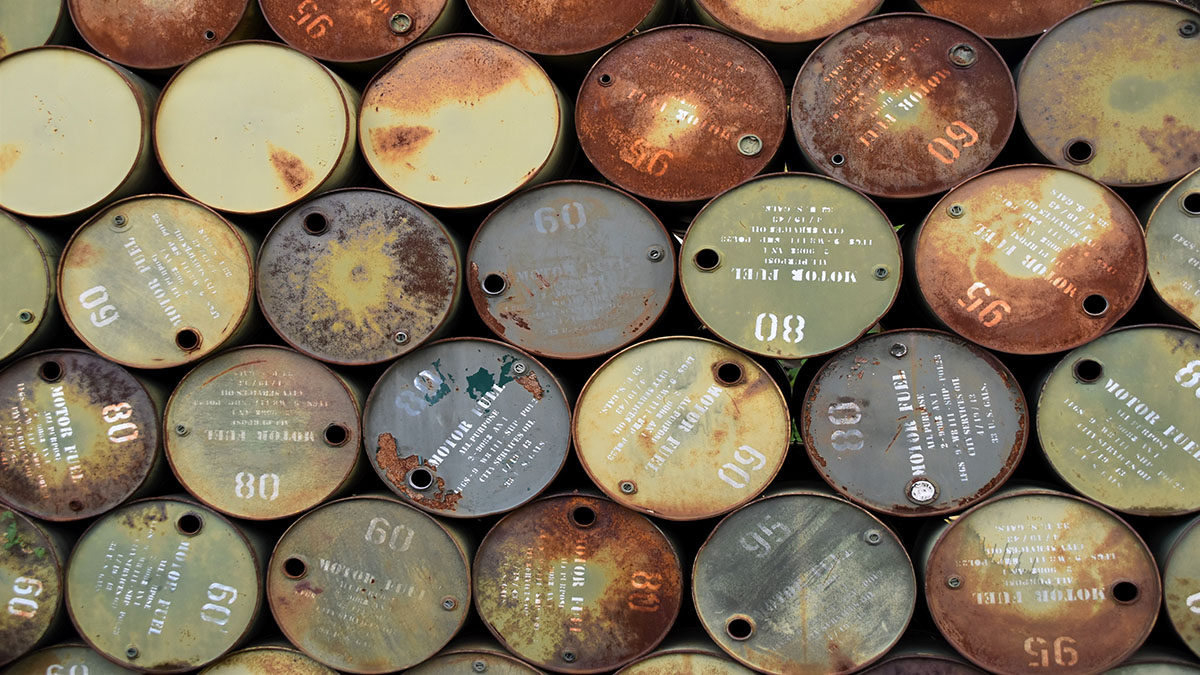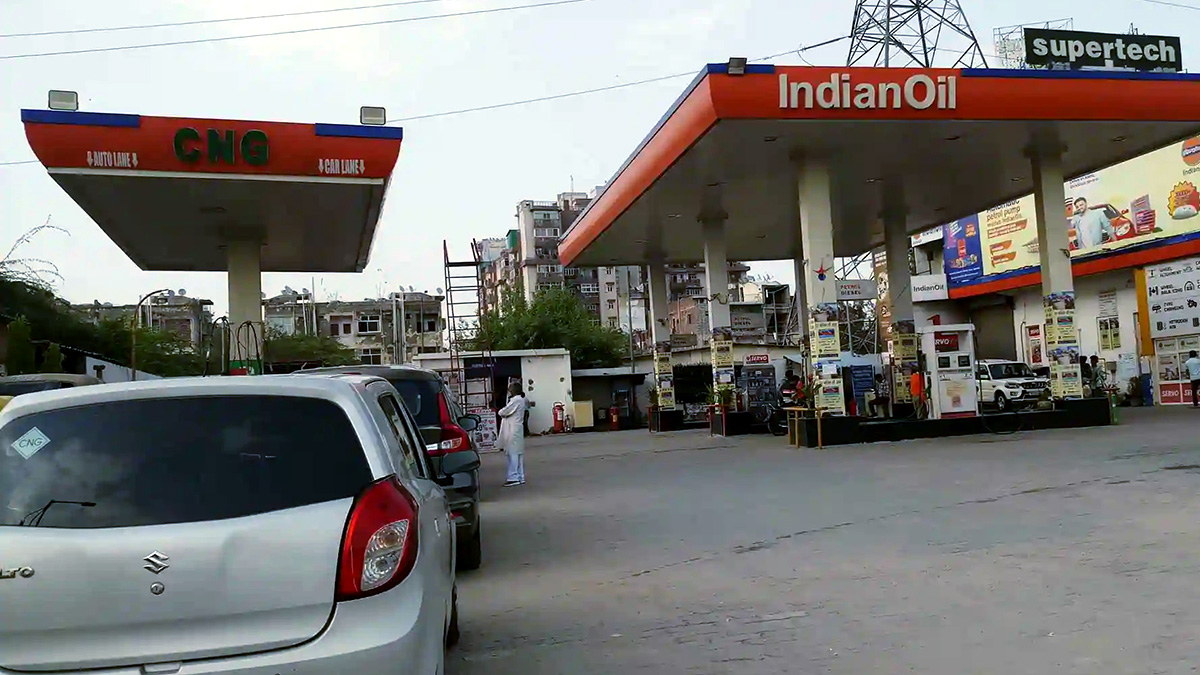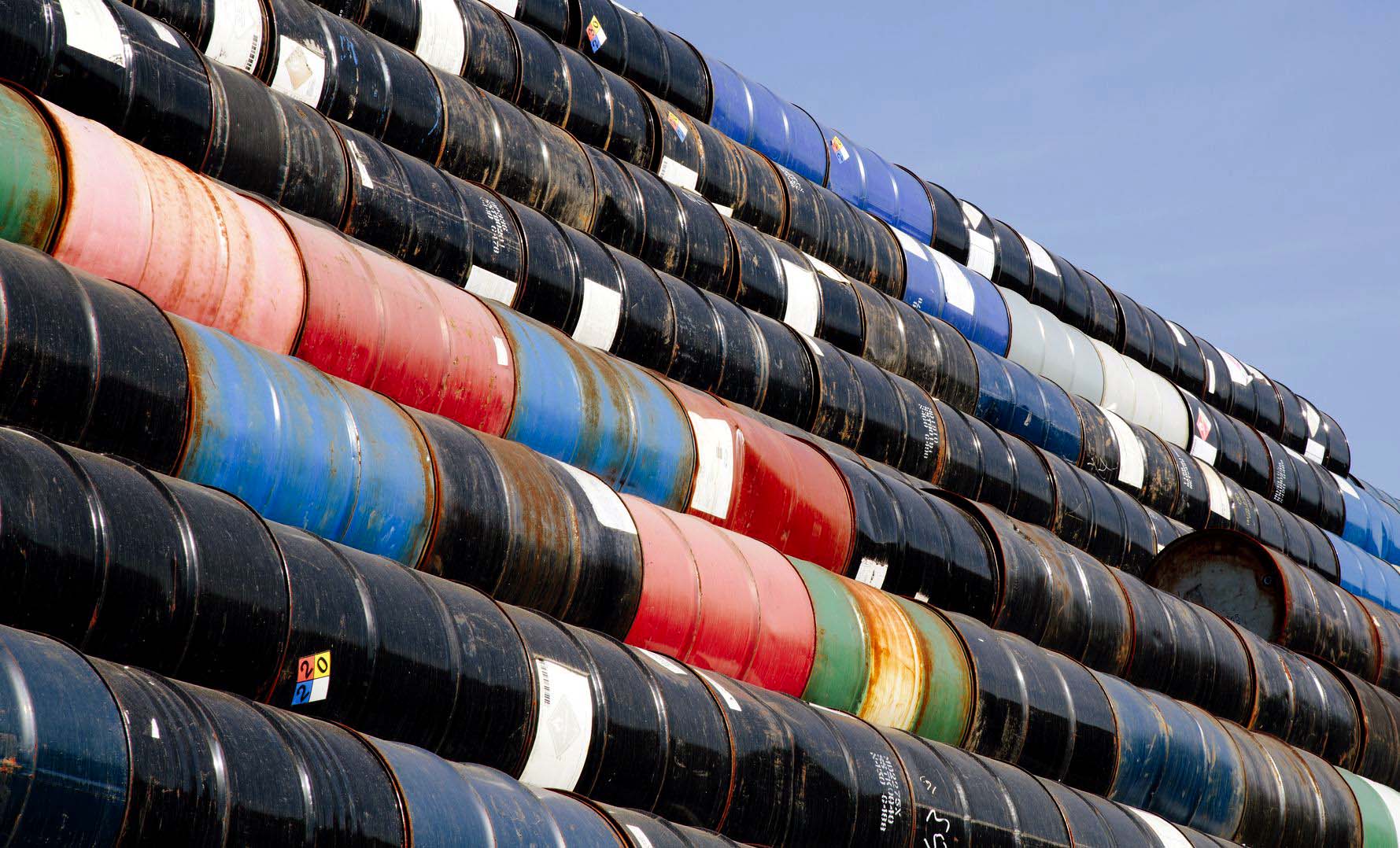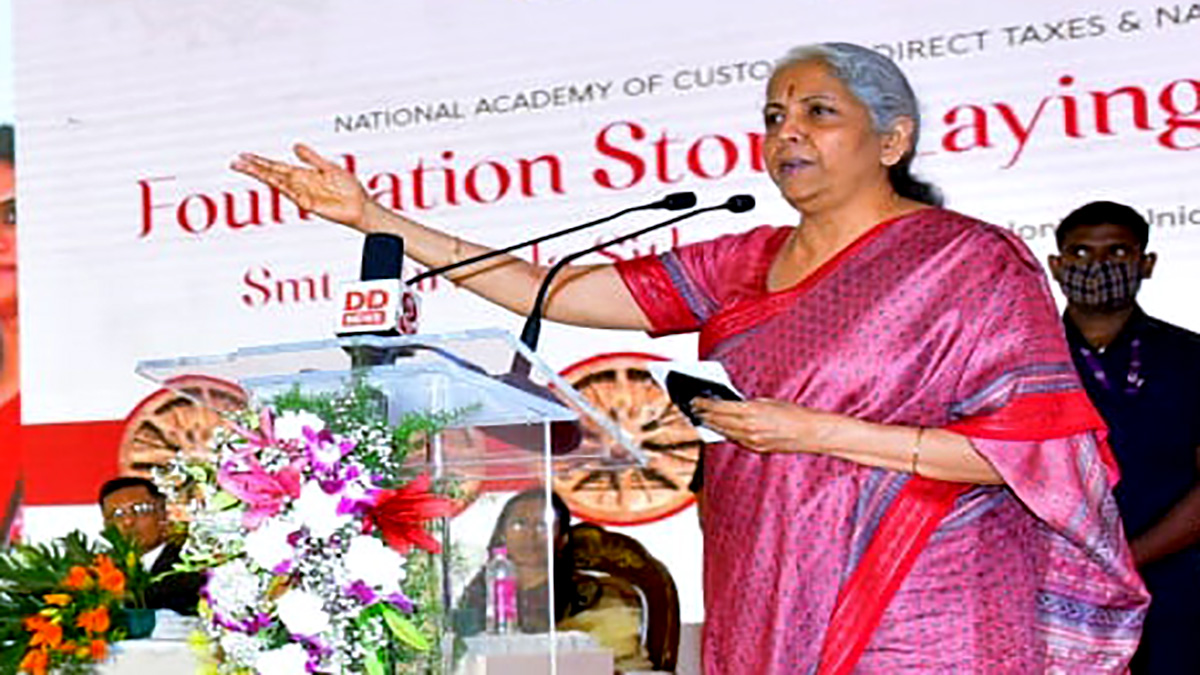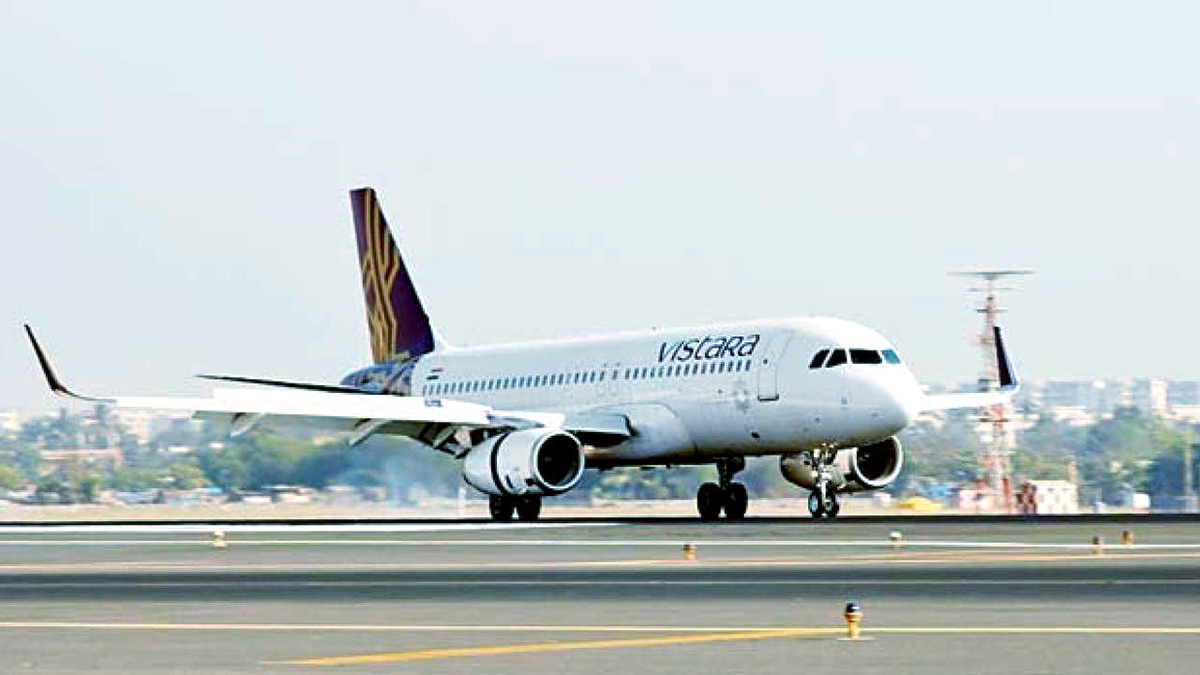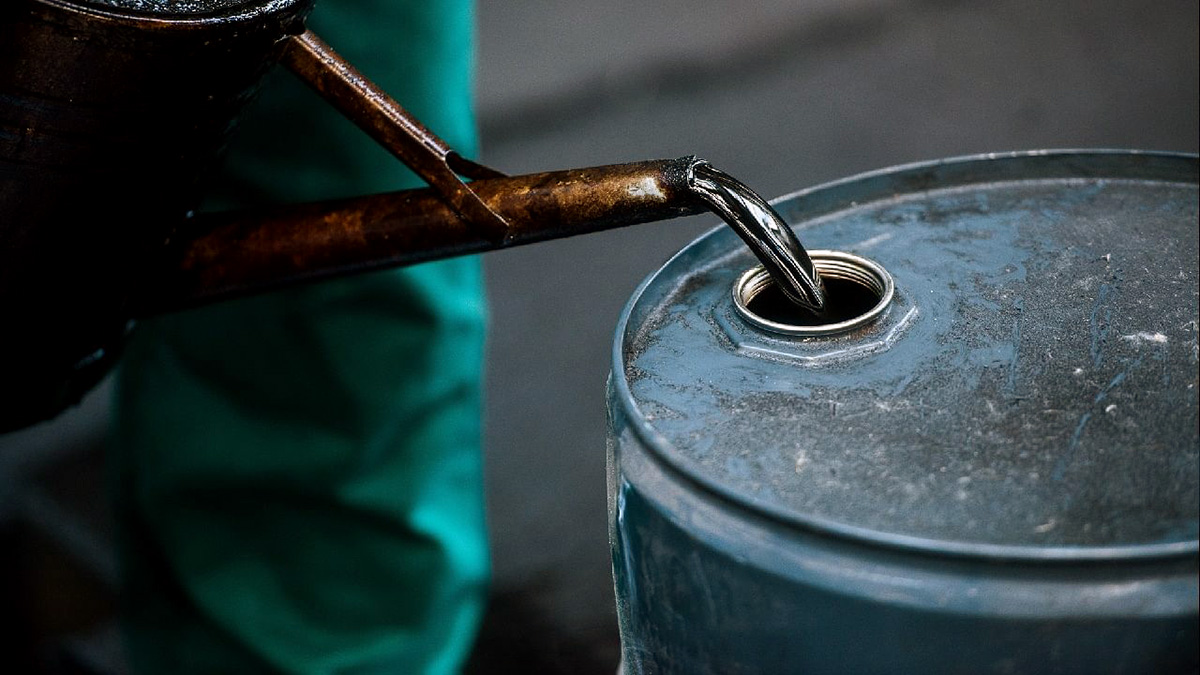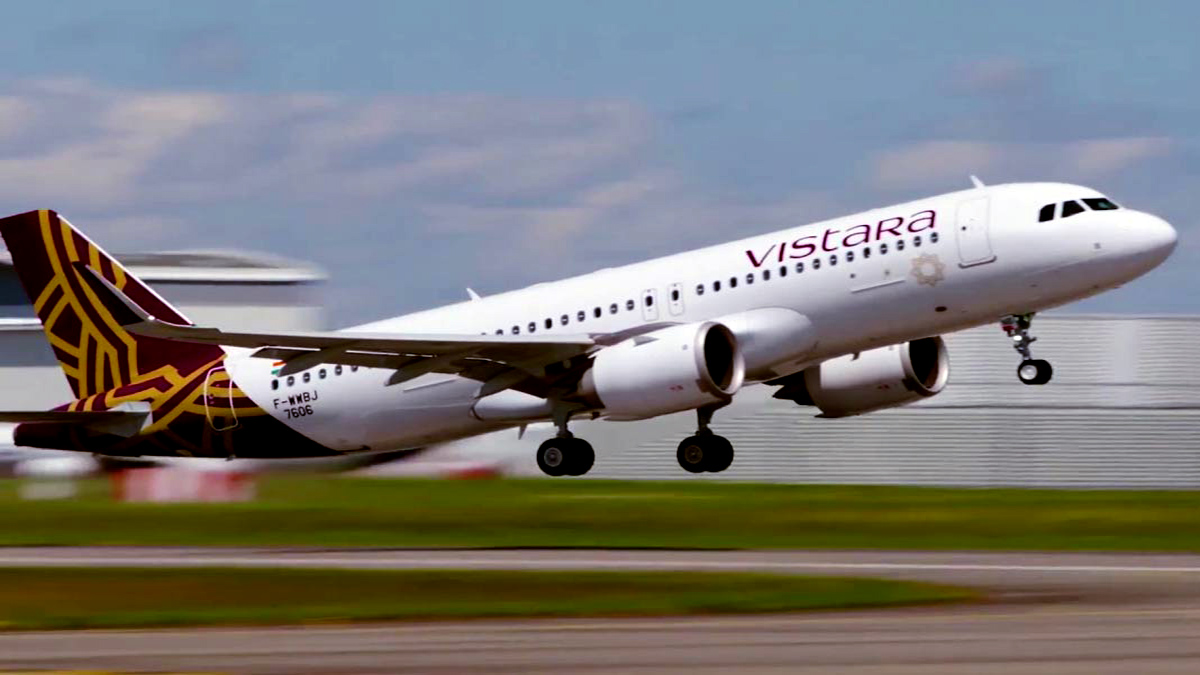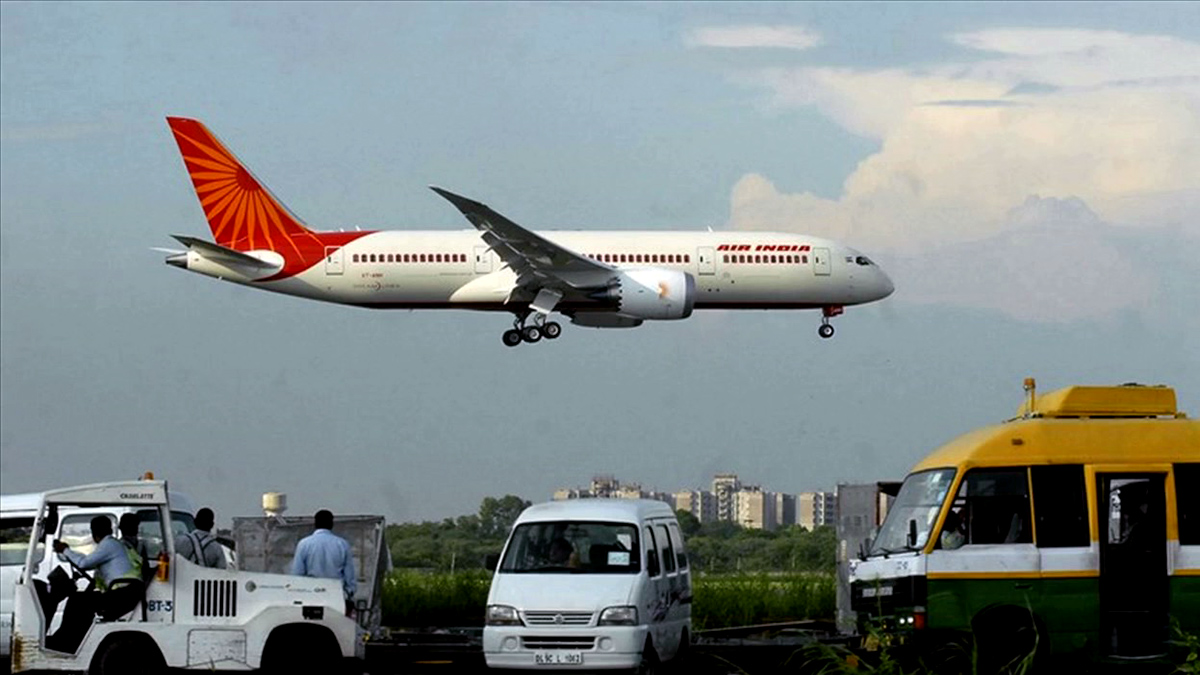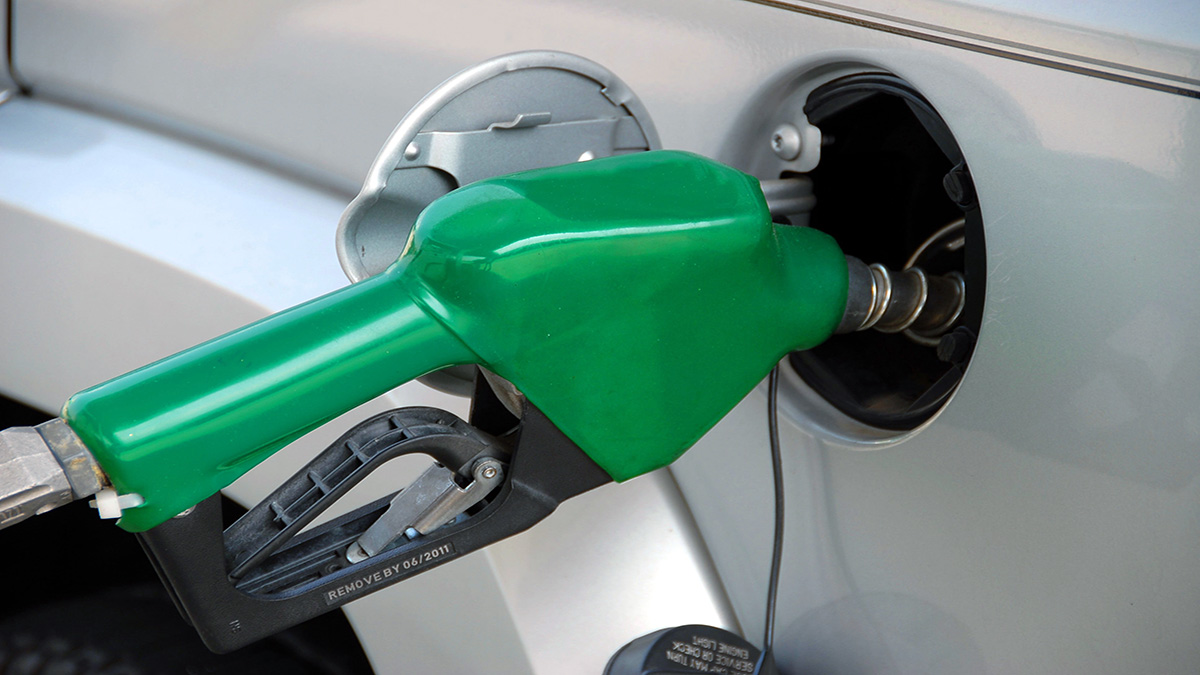International oil prices jumped to the highest level since 2014, topping $87 a barrel but domestic petrol and diesel prices remained unchanged for the 74th day in a row, a freeze that may be linked to ensuing assembly elections in states like Uttar Pradesh and Punjab.
Brent, the key global oil benchmark, soared to $87.7 per barrel mostly due to rising geopolitical tensions and supply-side disturbances due to Yemen’s Houthi group’s attack on oil facilities in the United Arab Emirates. Also, global inventories are waning.
The attack, some analysts believe, may lead to more hostile behaviour between the two power centres in the Middle East – Iran and Saudi Arabia.
But domestic fuel prices, which are directly linked to international oil prices, have not been revised for over two months now.
Petrol costs ₹95.41 a litre in Delhi and diesel is priced at ₹86.67. This price is after accounting for the excise duty cut and a reduction in VAT rate by the state government.
Prior to these tax reductions, petrol price had touched an all-time high of ₹110.04 a litre and diesel came for ₹98.42. These rates corresponded to Brent soaring to a peak of $86.40 per barrel on October 26, 2021. Brent was $82.74 on November 5, 2021, before it started to fall and touched $68.87 a barrel in December.
Prices, however, started to rise thereafter and on Tuesday soared to $87.7 per barrel, the highest since 2014.
Petrol and diesel prices have been in the past frozen before crucial elections.
There was a 19-day price freeze on petrol and diesel ahead of Karnataka polls in May 2018, despite international fuel prices going up by nearly $5 per barrel. However, no sooner were the elections over, oil companies rapidly passed on to customers the desired increase – over 16-straight days post-May 14, 2018. Petrol price climbed by ₹3.8 per litre and diesel by ₹3.38 per litre after the hike.
Similarly, they had stopped revising fuel prices for almost 14 days ahead of the assembly elections in Gujarat in December 2017.
These companies had also imposed a freeze on petrol and diesel prices between January 16, 2017, and April 1, 2017, when assembly elections in five states – Punjab, Goa, Uttarakhand, Uttar Pradesh and Manipur – were held.
During the 2019 general elections, they moderated the revision by not passing on all of the desired increase in rates to consumers, industry sources said. The rates began to rise a day after the final phase of polling for the Lok Sabha elections ended.
The current 74-day hiatus is the second longest since daily fuel price revision was adopted in June 2017. Prior to this, there was an 82-day hiatus in rate revision between March 17, 2020 and June 6, 2020.
The 82-day hiatus in rate revision in 2020 followed the government raising excise duty on petrol and diesel by ₹3 per litre each to mop up gains arising from falling international rates. The government on May 6, 2020, again raised excise duties by ₹10 per litre on petrol and ₹13 per litre on diesel.
JP Morgan said retail diesel and petrol prices are broadly unchanged since early November.
“When crude prices had declined in November and early December, unchanged retail prices meant that implied gross margins were higher than normalized levels. Since then, crude prices have surged, and implied gross margins are now at more normalized levels.”


